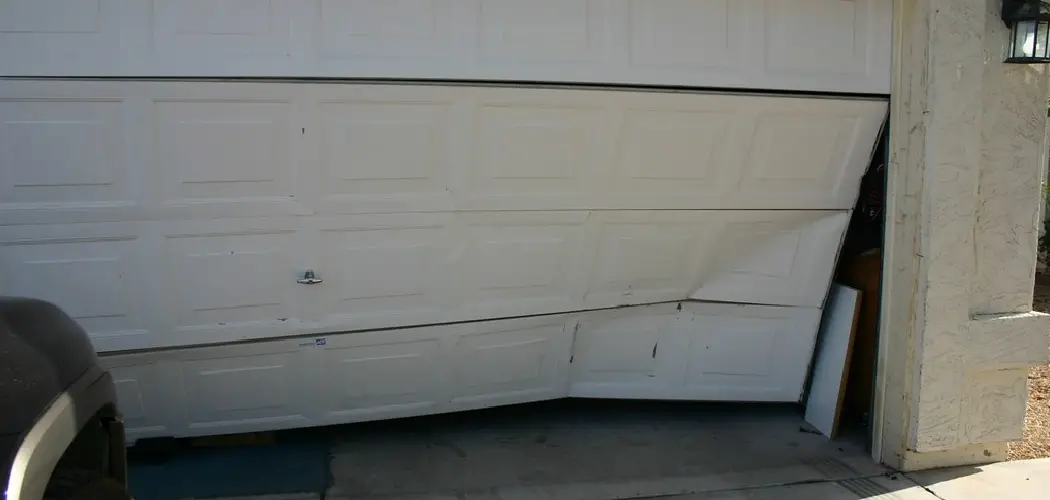Do you have an unsteady, sagging garage door? Are you considering either fixing it yourself or hiring a professional service to help? You’ve come to the right place! This article will take you step-by-step through the process of understanding what could be causing your garage door problems and what your best course of action should be and how to fix a sagging garage door.
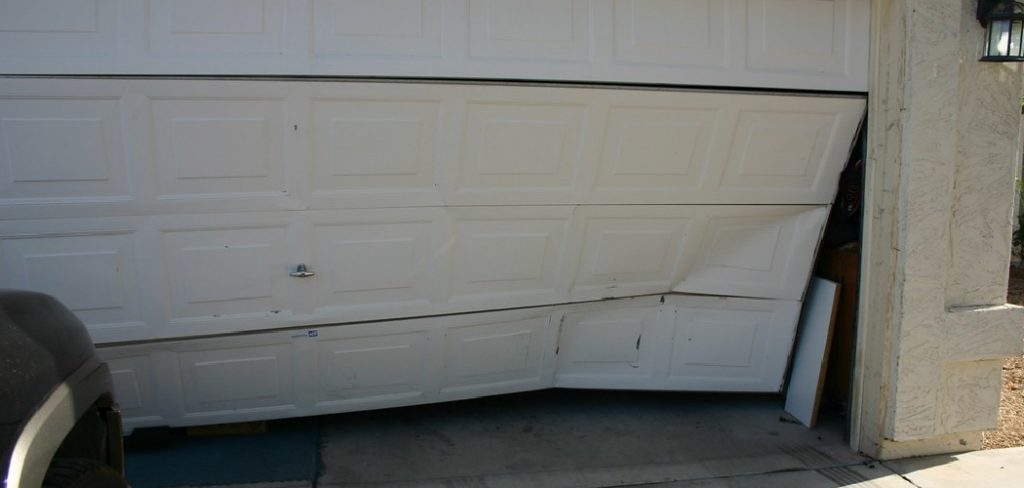
We’ll cover issues such as worn hinges and cables, broken springs or other components which may all cause your door to come off its track. Whether you are ready for DIY fix or hiring a specialist – we got you covered with years of experience that will guarantee success in returning things back to normal!
Why May You Want to Fix a Sagging Garage Door?
1 . To Avoid Accidents
Garage doors that are sagging can be very dangerous, especially if they suddenly fall off. This can cause injuries to people or pets who happen to be nearby at the time of the incident. Therefore, to prevent any accidents from happening, it’s important to fix a sagging garage door as soon as possible.
2 . To Improve Security
A sagging garage door can also impact the security of your home. If the door is not properly aligned, it may leave gaps that can be easily accessed by burglars or other intruders. This puts your belongings and family at risk, making it crucial to fix any sagging issues.
3 . To Save Money on Repairs
Ignoring a sagging garage door can lead to bigger and more expensive repairs down the line. The longer you wait, the worse the problem may become, resulting in costly repair bills. By fixing a sagging garage door promptly, you can save yourself a lot of money in the long run.
4 . To Extend the Lifespan of Your Garage Door
Regular maintenance and timely repairs can extend the lifespan of your garage door. By fixing a sagging door, you are preventing additional strain and wear on the components of the door, which can prolong its overall durability and functionality.
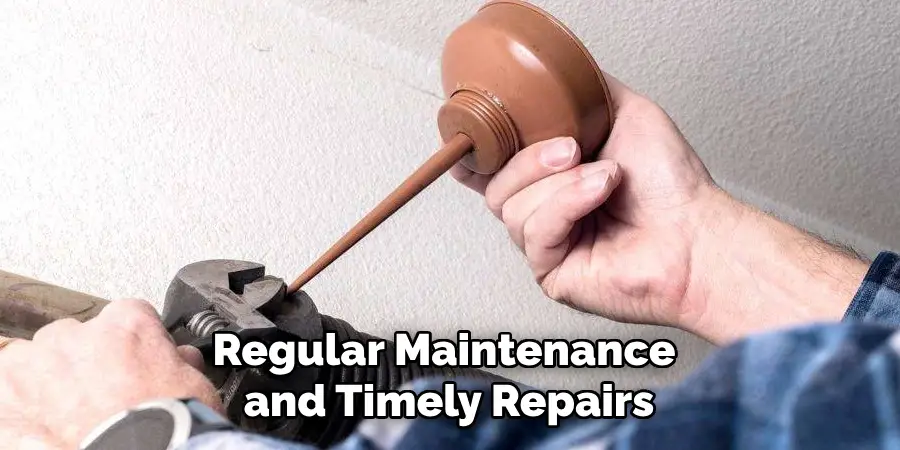
5 . To Maintain Curb Appeal
A sagging garage door not only looks unattractive but can also bring down the curb appeal of your home. As the garage is typically one of the largest and most visible features on a house, it’s important to keep it in good condition. By fixing a sagging garage door, you can maintain the aesthetic appeal of your home.
10 Ideas on How to Fix a Sagging Garage Door
1 . Inspect the Springs
The first thing to check if your garage door is sagging is the springs. Springs are responsible for lifting and lowering the door, so worn-out or broken springs can cause your garage door to sag. Look for visible signs of damage such as rust, cracks or deformations. If you notice any issues with the springs, it’s best to call a professional for repair or replacement.
2 . Check the Cables
The cables that run along the sides of your garage door play an important role in keeping it balanced. Over time, these cables can become loose or worn out, causing your garage door to sag. Look for any signs of fraying or looseness and have them replaced if necessary. It’s important to have a professional handle the replacement of cables as it can be dangerous if not done properly.
3 . Tighten Loose Screws and Bolts
Another common cause of a sagging garage door is loose screws and bolts. Over time, these can become loose due to constant use and vibrations. Check all the screws and bolts that hold your garage door together and tighten any that may be loose. This simple fix can greatly improve the balance and stability of your garage door.
4 . Lubricate Moving Parts
Lack of lubrication can cause friction and strain on the moving parts of your garage door, leading to sagging. Make sure to regularly lubricate all moving parts with a silicone-based lubricant to keep them functioning smoothly. This includes hinges, rollers, tracks, and springs.
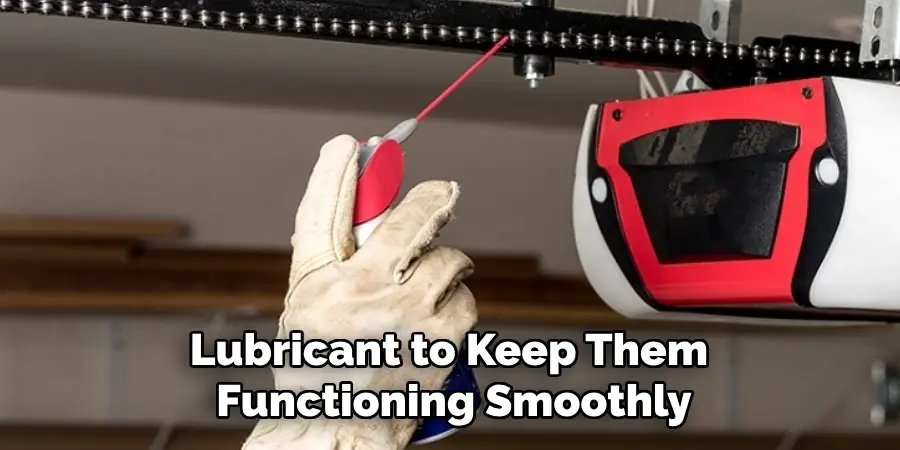
5 . Adjust the Limit Settings
If your garage door has an automatic opener, it may have limit settings that control how high and low the door can go. If these settings are not properly adjusted, it can cause your garage door to sag. Consult the manufacturer’s manual or call a professional for assistance in adjusting the limit settings.
6 . Check for Uneven Weight Distribution
A common cause of a sagging garage door is uneven weight distribution. This can happen if items are stored on one side of the door or if the tracks are not aligned properly. Make sure to clear out any objects that may be causing uneven weight and check that the tracks are aligned.
7 . Replace Worn Out Rollers
Rollers are responsible for helping your garage door run smoothly along the tracks. Over time, they can become worn out or damaged, causing your garage door to sag. Check the condition of your rollers and replace any that are showing signs of wear and tear.
8 . Adjust Torsion Spring Tension
If your garage door has a torsion spring system, it may need to be adjusted to maintain proper tension. This can be a tricky and dangerous task, so it’s best to leave it to the professionals. A properly tensioned torsion spring will help keep your garage door balanced.
9 . Reinforce Weak Points
If you have an older or poorly constructed garage door, it may have weak points that can cause sagging. Reinforcing these weak points with additional steel or braces can help improve the stability and balance of your garage door.
10 . Consider a Professional Inspection
If you’ve tried all of the above solutions and your garage door is still sagging, it may be time to call in a professional for an inspection. They will be able to identify any underlying issues and provide the necessary repairs or replacements to get your garage door functioning properly again.
Remember, safety should always be a top priority when working with heavy garage doors, so don’t hesitate to seek professional help if needed.

Remember, prevention is key in avoiding a sagging garage door. Regular maintenance and inspections can help catch any issues before they become costly repairs. Keep these tips in mind to ensure your garage door stays balanced and functioning properly for years to come.
Frequently Asked Questions
What Precautions Should I Take Before Fixing a Sagging Garage Door?
Before attempting to fix a sagging garage door, it is important to take some precautions to ensure your safety and the safety of others. First, make sure to disconnect the power supply to the garage door opener before working on the door. This will prevent any accidental openings or closings while you are making repairs.
It is also important to wear protective gear, such as safety glasses and gloves while working on the door. Finally, make sure to work with a partner or have someone nearby who can assist you in case of an emergency.
How Do I Identify a Sagging Garage Door?
A sagging garage door may be visibly noticeable or it may only be identified by difficulty in opening or closing the door. To determine if your garage door is sagging, you can perform a simple visual inspection by standing inside the garage and looking at the closed door.
If you notice any gaps or unevenness in the alignment of the door with the ground, it is likely that your garage door is sagging.
What Causes a Garage Door to Sag?
There are several potential causes for a garage door to sag, including worn-out springs or cables, damaged rollers or hinges, or an unbalanced door. In some cases, the problem may be due to structural issues with the garage itself. It is important to address the root cause of the sagging in order to properly fix it and prevent further damage.
How Can I Fix a Sagging Garage Door?
The method for fixing a sagging garage door will depend on the specific cause of the problem. In some cases, simply tightening or replacing loose hardware may do the trick. Other times, it may be necessary to adjust or replace worn-out springs or cables. If the issue is due to structural problems with the garage, it may require professional intervention.
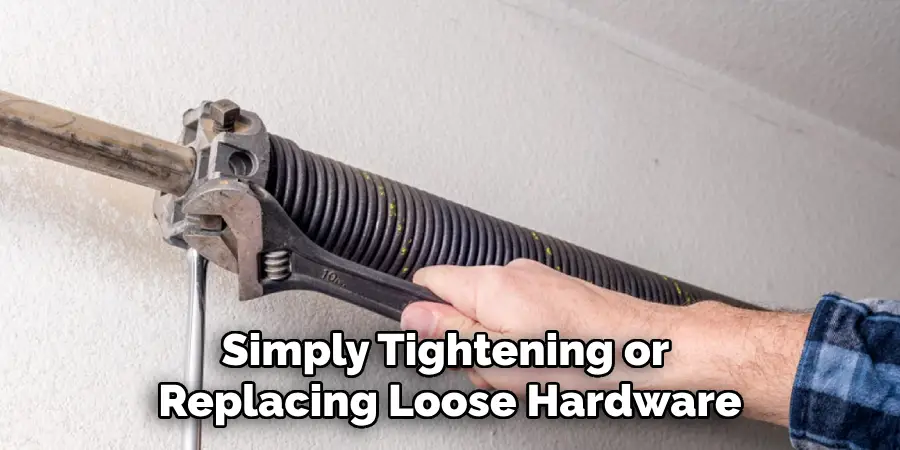
Conclusion
In conclusion, fixing your sagging garage door can be a daunting task, but with the right tools and guidance you’ll find it much easier to solve. Take small steps first to better understand the problem before biting off a bigger fix that requires professional assistance
Check for rust or splitting tracks and if unsure always consult an expert for help. Remember that regular maintenance can prevent a lot of unnecessary hassle in the future and make sure that all mechanical moving parts are lubricated twice a year to perform at peak performance levels.
Now you know how to fix a sagging garage door! You should now feel comfortable troubleshooting and addressing common repair issues – don’t wait too long, complete the repair as soon as possible so you can rest easy knowing you have kept your property safe and secure.
I am Rick. I grew up helping my dad with his handyman service. I learned a lot from him about how to fix things, and also about how to work hard and take care of business. These days, I’m still into fixing things- only now, I’m doing it for a living.
I’m always looking for new ways to help people grow and develop. That’s why I have created this blog to share all my experience and knowledge so
that I can help people who are interested in DIY repair.

